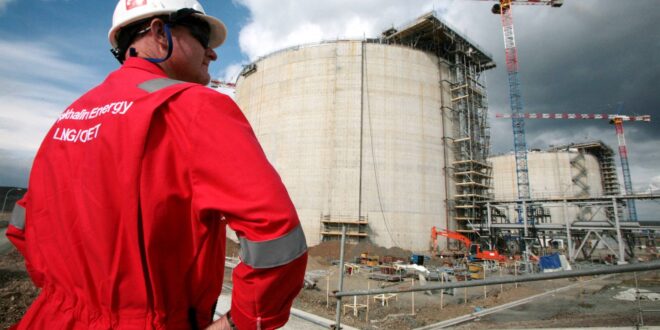The price of Russia’s flagship Urals oil blend is no longer set by Europe but by Asia, which has become the largest market for the commodity, Rosneft’s chief executive Igor Sechin said at the India Energy Week.
“If Russian oil does not enter the European market, then there is no reference price. Reference prices will be formed where oil volumes actually go,” Sechin said, as quoted by Reuters.
“As it’s scripted in Ecclesiastes: what is crooked cannot be straightened; what is lacking cannot be counted,” he added.
The European Union imposed an embargo on most seaborne Russian crude oil imports in December as part of its sanction push against Moscow for its invasion of Ukraine. The EU also set, together with the G7, a price cap for Russian crude oil shipments to other countries in a bid to stymie the Kremlin’s oil revenues further.
The embargo and the price cap have widened the discount of Urals to Brent crude, making it attractive for buyers from China and India. In a matter of months, even before the December embargo went into effect, most of the Russian oil that used to go to Europe, had been redirected to the two Asian powerhouses.
According to Reuters calculations, some 70 percent of the Urals cargoes loaded last month went to India. Russia has become India’s largest supplier of crude oil.
Yet the two Asian majors are not just buying Urals. The prices of two other popular Russian blends—ESPO and Sokol—have been trading at above $70 per barrel recently. At the time of writing, ESPO had slipped below $70 but Sokol was above the threshold which is $10 per barrel above the EU/G7 price cap.
Urals, at the same time, averaged $49.48 per barrel in January, according to Finance Ministry data cited by Reuters. This was 42 percent cheaper than its price for January 2022.

FILE PHOTO: FILE PHOTO: An employee of Sakhalin Energy stands at the Sakhalin-2 project's liquefaction gas plant in Prigorodnoye, about 70 km (44 miles) south of Yuzhno-Sakhalinsk, October 13, 2006. REUTERS/Sergei Karpukhin/File Photo/File Photo
 Iran Energy News Oil, Gas, Petrochemical and Energy Field Specialized Channel
Iran Energy News Oil, Gas, Petrochemical and Energy Field Specialized Channel



